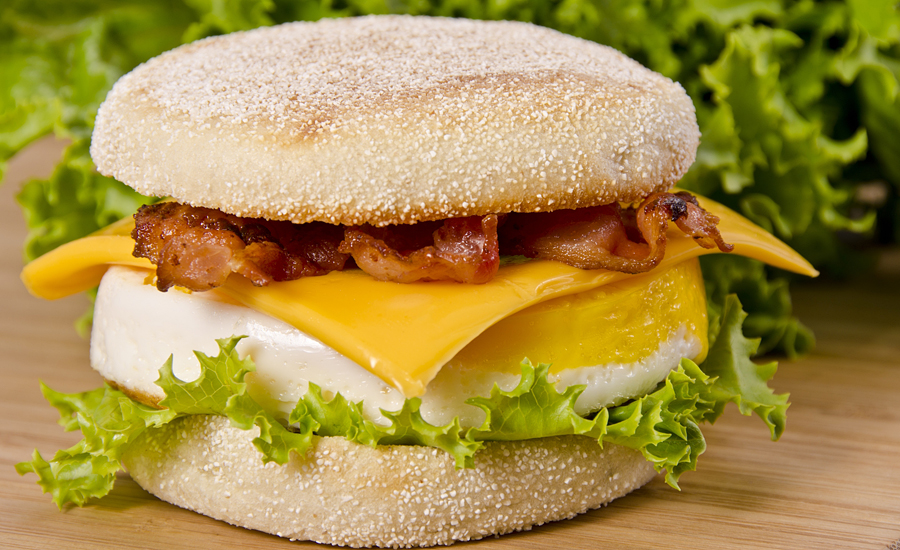Study reveals improved favorability toward frozen foods category
The Real Food. Frozen campaign, launched in 2013, showcases how frozen foods are created using real ingredients, chef-inspired recipes and fresh flavors.

A study released by the National Frozen and Refrigerated Foods Association (NFRA), Harrisburg, Pa., reveals growth in positive frozen food content and innovation within the category.
Over the past six years, NFRA and its members have invested in consumer outreach through its Real Food. Frozen campaign, driving consistent messaging and reinforcing many key frozen food benefits identified in the analysis. Growth amongst consumers and online communities identified several key themes through the analysis:
- NFRA generated a major increase in year- over-year social volume and engagement through its owned and partner content.
- Key frozen food value messages resonated in positive earned media coverage, including convenience, lack of waste, comparable nutrition value and budget-friendliness.
- Favorable conversation around frozen foods grew in 2018 as a result of buzz about new product lines, pop culture tie-ins and hot grocery-store offerings.
The Real Food. Frozen campaign, launched in 2013, showcases how frozen foods are created using real ingredients, chef-inspired recipes and fresh flavors. The campaign was developed to increase positive frozen food conversation and communicate to consumers that the most versatile foods can be found in the frozen food aisle, including options for every lifestyle and every food occasion.
Frozen food manufacturers are also catering to consumer needs, with the number of wellness claims on frozen food packages increasing and driving growth in the department. For example, non-GMO claims were up 10.1%, organic claims up 9.3%, gluten-free claims up 4.2% and free-from artificial colors/flavor claims up 6.3% in 2018 over the previous year.
“Together, with our members, we have been steadily reinforcing the frozen aisle as a destination for quality foods for every occasion, lifestyle and dietary need, and that frozen food is ‘Real Food, Just Frozen,’” says Skip Shaw, president and CEO. “There is so much innovation in the aisle today. Products are now aligned with new consumer dining habits and health trends, and new foods and cuisines are enticing and satisfying today’s foodies. Established brands have been freshening their lineups while innovative startups have been launching new concepts, all spurring 26% of all U.S. grocery shoppers shopping the aisle more frequently and 43% of Millennials buying more frozen items.”
NFRA continues to see a shift in the conversation and changing consumer perceptions about the benefits of frozen foods. Media outlets discussed the comparable nutritional value of frozen vegetables and fruits vs. fresh and highlighted new products as a way to explore the category. Social users frequently expressed their preference for frozen meals and frozen pizzas, reflecting fondly on past experiences, favorite brands and “hacks” for personalization.
As consumers’ eating habits are changing, they are recognizing the value and convenience of frozen foods for every meal occasion. For example, the frozen pizza category is up 5.2% in dollar sales in the last year, with frozen vegetables also up by the same amount. There was a rise in dollar sales of frozen breakfast meals (up by 8.3%), breakfast sandwiches (up 3.9%), waffles (up 4.9%), smoothies (up 13%) and breakfast sausages (up 4.4%) in 2018, showcasing consumers’ changing perceptions of today’s frozen foods.
Looking for a reprint of this article?
From high-res PDFs to custom plaques, order your copy today!






